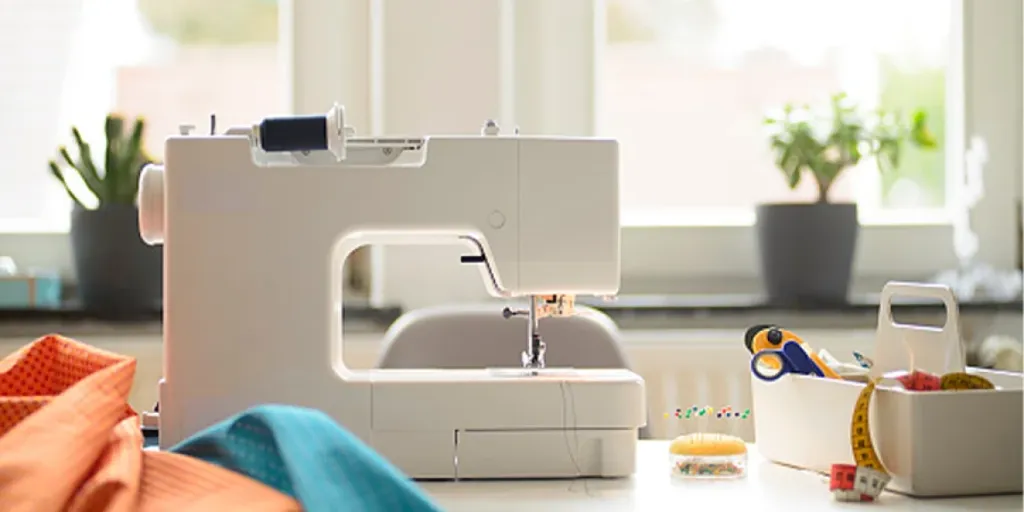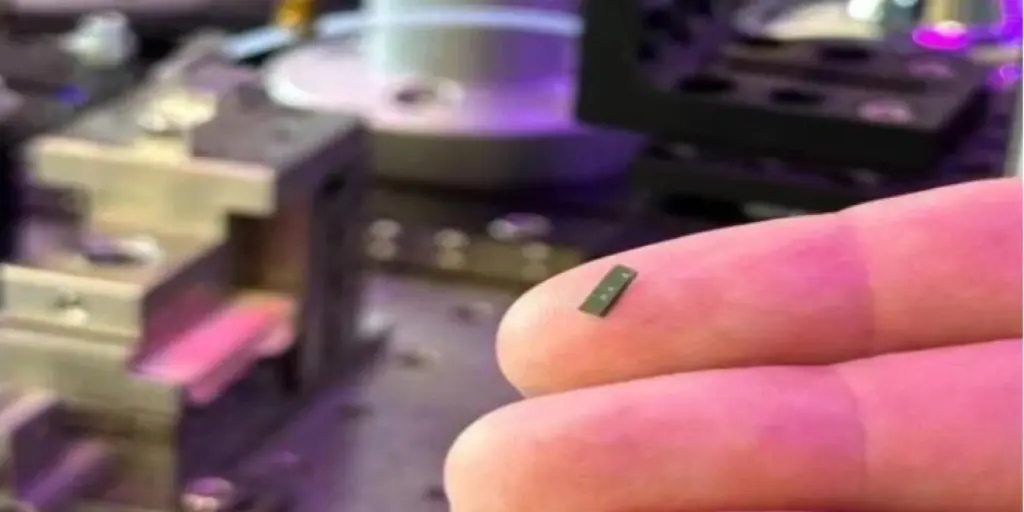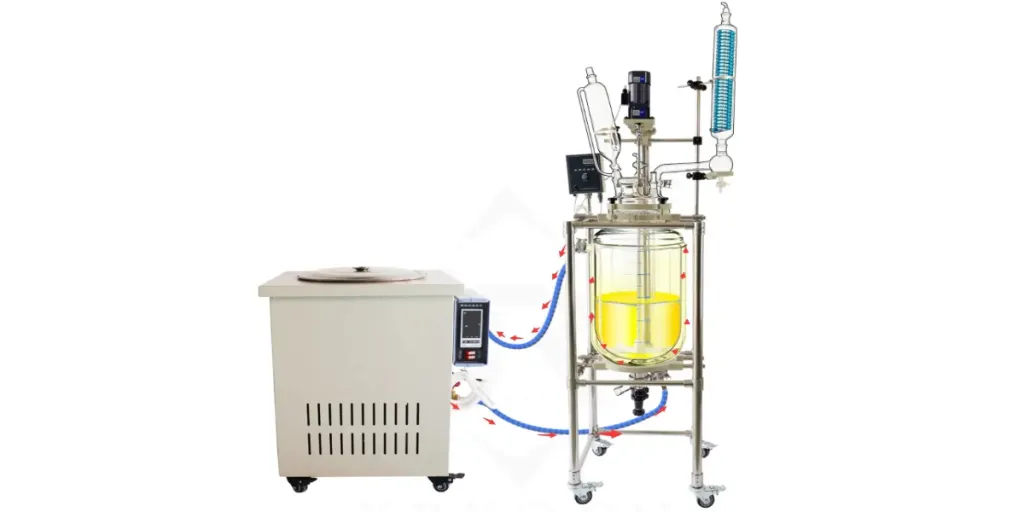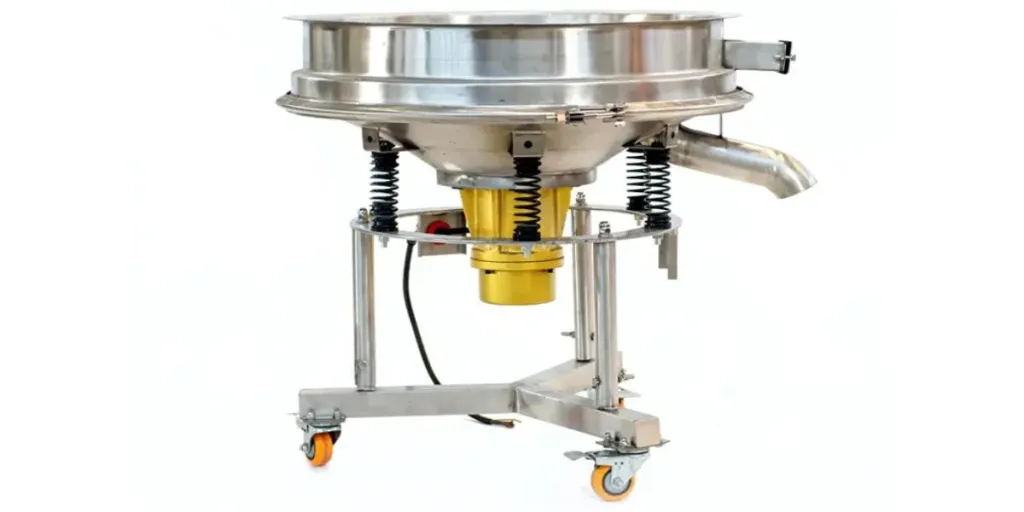Identifying and buying sewing machines that suit the market’s needs may be a challenge nowadays. Besides having to tell the real from the fake, there are different types and models to choose from. In this article, we’ll look at the different sewing machines available. We’ll also discuss key tips to consider when shopping for sewing machines along with current market trends.
Table of Contents
Current demand and market share for sewing machines
Key tips to look at before buying sewing machines
Different types of sewing machines
Individual target markets for sewing machines
Current demand and market share for sewing machines
Driven by the increase in the global population as well as the high demand for machines by end-users, the market valuation of the sewing machine in 2020 was $5.6 billion. The apparel industry has also been responsible for this demand and is expected to do so in the next five years and beyond. The market potential also looks promising. The sewing industry is expected to grow at a CAGR of 3.8%, which means a valuation of $7.4 billion by 2027.
Key tips to look at before buying sewing machines
There are many models and types of sewing machines to choose from. Below are some of the factors to consider when buying sewing machines
Stitch type
Industrial sewing machines only sew one stitch type per machine. Businesses should know what kind of stitch/stitches are required before buying. This is different from the mechanical sewing machine which can sew different stitches from the same machine.
Is it mechanical or computerized?
Mechanical sewing machines have knobs and dials that are moved manually to keep settings. With the computerized sewing machine, all functionalities are automatic. With the push of a button, one can choose embroidery designs. Computerized sewing machines also offer more designs and stitches compared to their mechanical counterparts.
Price
An industrial machine will cost way more than a mechanical sewing machine. An industrial sewing machine costs between $100-$1000 while a mechanical one costs between $20-$100. Coupled with the needs of the business, the price of the sewing machine is a good consideration to make. However, the price may be affected by the brand name and may at times be too inflated. Businesses should consider other factors as well and not use price as the only determinant.
Motor type
There are mainly two types, AC-powered motors, and DC-powered motors. AC-powered motors are good for fast sewing to speeds up to 1000 spm (stitches per minute) while DC-powered motors are suitable for slow and precise sewing. Speeds as low as 50 spm can be achieved. They also offer more piercing.
Thread thickness
Some sewing machines are able to sew with thin thread sizes (with a diameter of 0.0059 inches and lower) while other sewing machines use thick threads (with a diameter of 0.0200 inches and above). Have the manufacturer specify the thread thickness of the product. The thread thickness may be determined by the material that the business will use when sewing.
Weight and size
Industrial sewing machines are bulky and heavy. Consideration needs to be put in place especially because of logistics purposes as one can weigh up to 100 pounds (50 kilograms) and with dimensions of 23 x 17 x 5 inches. Mechanical sewing machines on the other hand are not as heavy and can weigh 14 pounds and have dimensions of 15.5 x 6.25 x 12 inches.
Material density and thickness
Most industrial sewing machines sew through dense and thick materials such as linen, leather, canvas and denim. Mechanical sewing machines, on the other hand, work better with thinner materials such as silk and chiffon.
Different types of sewing machines
There are two major types of sewing machines. We’ll discuss them together with the various types of sewing machines under each. We’ll also look at their features, pros, and cons.
Industrial machines
Industrial sewing machines are used in the mass garment-making industries and are run at very high speeds. They’re also power-driven sewing machines.

Features:
- They sew with speeds of between 1000 spm and 5500 spm.
- They eature a large, integrated working table for working.
Pros:
- They produce high-quality sewing.
- They can sew on heavier fabrics and on multiple layers because of their powerful motors.
- They re suitable for large scale work
Cons:
- They occupy large spaces
- They’re dedicated to a specific type of stitch, i.e., lockstitch, straight or zigzag.
Mechanical sewing machines
Mechanical sewing machines are also referred to as basic machines. They’re powered manually and do not offer many stitches. They’re also very easy to use since they have a simple structure.

Features:
- Their sewing speed is between 250 spm – 1000 spm.
- They use knobs to change settings.
- They’re suitable for basic stitches and cannot make decorative embroidery stitches.
Pros:
- They occupy smaller space and are suitable for retail sewing.
- They can produce different types of stitches from the same machine.
Cons:
- They have a limited number of stitches.
- They have less button hole options.
- They’re more cumbersome to use compared to industrial sewing machines.
Target markets for sewing machines
The buying potential of sewing machines is expected to increase between 2019 and 2027. This will be evident especially in the Asia Pacific region, which dominates this market and is expected to grow with a CAGR of 6.5%. Industrial use is also expected to go up due to the increase in population in the Asia Pacific region.
Conclusion
The extensive use of sewing machines in both domestic and industrial environments makes it of critical importance to know which is the suitable machine for each case. Therefore, we’ve looked at the key tips to consider while shopping for one. We’ve also discussed the types of sewing machines available, their features, pros, and cons as well as the expected growth potential of sewing machines in the next five years.





Yo he comprado Janome memory craft 1550 maquina de bordar 1 unidad
very clear and good article easy to understand. Thank you